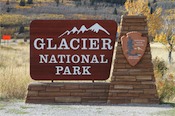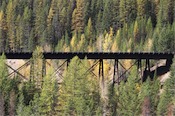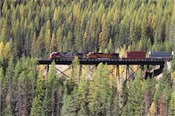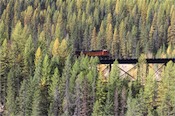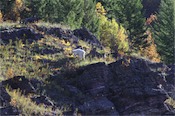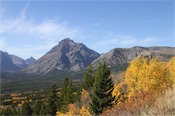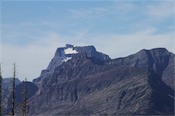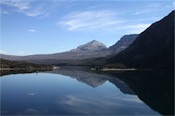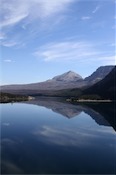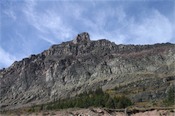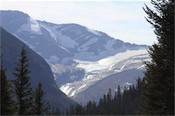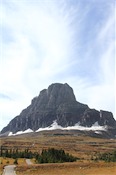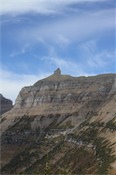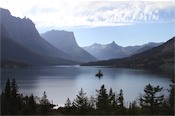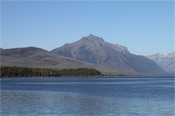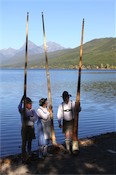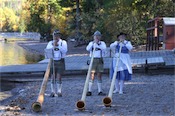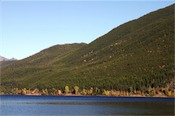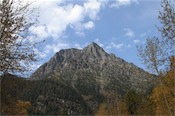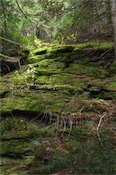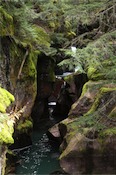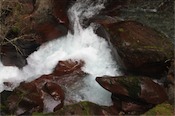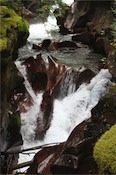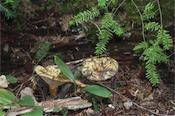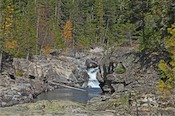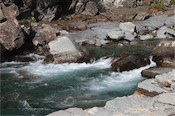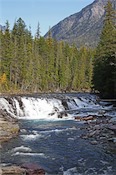Established on May 11, 1910, Glacier National Park encompasses over 1,000,000 acres in the NW corner of the state of Montana. It also spans part of the bordering Canadian provinces of Alberta and British Columbia. Glacier National Park borders the Waterton Lakes National Park in Canada and in 1932 the two parks, known as the Waterton-Glacier International Peace park, were designated as the world's first International Peace Park.
In the mid-nineteenth century there were estimated to be over 150 glaciers in the park. Today only 25 active glaciers remain. Scientists believe that if current climate patterns persist all the glaciers may disappear by 2030.
The highlight drive in the park is the Going-to-the-Sun Road. This drive traverses the park from east to west or vice-versa. At the western entrance is Lake McDonald and at the eastern entrance is Saint Mary Lake. In between is Logan Pass located at 6,646 above sea level.
Activities in the park include hiking, boating and fishing. During the winter snowmobiling is prohibited but cross-country skiing is allowed.
In the mid-nineteenth century there were estimated to be over 150 glaciers in the park. Today only 25 active glaciers remain. Scientists believe that if current climate patterns persist all the glaciers may disappear by 2030.
The highlight drive in the park is the Going-to-the-Sun Road. This drive traverses the park from east to west or vice-versa. At the western entrance is Lake McDonald and at the eastern entrance is Saint Mary Lake. In between is Logan Pass located at 6,646 above sea level.
Activities in the park include hiking, boating and fishing. During the winter snowmobiling is prohibited but cross-country skiing is allowed.



